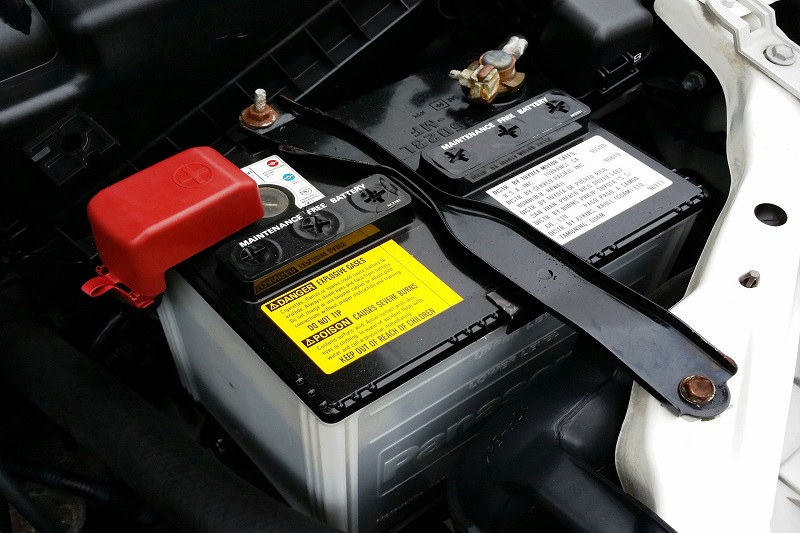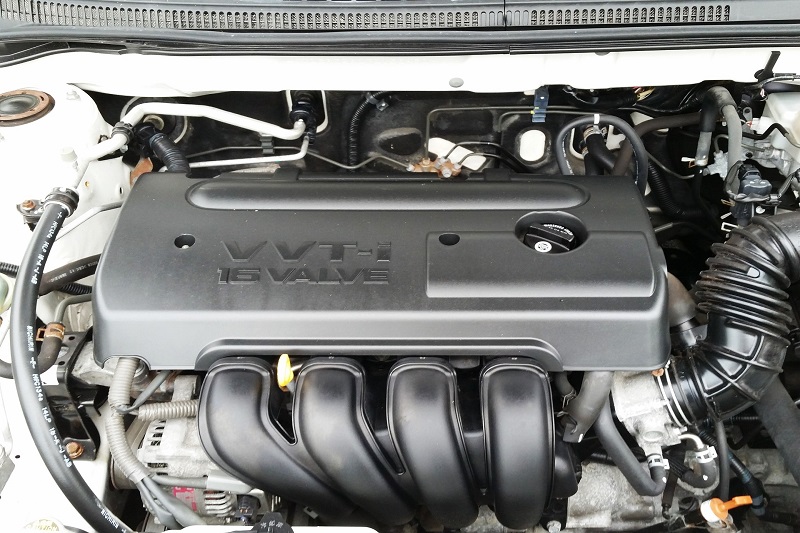
Life in the 21st Century is unimaginable without the power of Batteries for all models. From our smartphones and laptops to our cars and power tools, batteries are the lifeline of modern technology. This article aims to provide a comprehensive guide to the different types of batteries suitable for all models of devices. We will explore the science behind battery technology, the capacity, lifespan, usage, and disposal of various types of batteries, including Alkaline, Lithium, Nickel-Cadmium, and Lead-acid batteries.
Understanding Different Types for All Models
Alkaline Batteries
Commonly found in remote controls, clocks, and toys, Alkaline Batteries for all models are disposable and affordable. They offer a high energy density and leak less than their zinc-carbon counterparts. However, their capacity tends to drop over time, and they are not suitable for high-drain devices. Alkaline batteries are among the most common types of batteries. They are typically used in everyday devices like remote controls, flashlights, and toys. Their chemistry involves a zinc and manganese dioxide reaction, which is responsible for producing electricity. Alkaline batteries are known for their long shelf-life and their ability to deliver high-energy output, making them a popular choice for many applications.
Lithium Batteries
Becoming increasingly popular due to their high energy density and long shelf life, Lithium Batteries for all models are commonly used in digital cameras, laptops, and smartphones. They are more expensive than Alkaline batteries, but their long life and resistance to leakage make them a cost-effective option for high-drain devices. Lithium batteries are a type of battery that utilizes lithium metal or lithium compounds as an anode. They are best known in their rechargeable form - lithium-ion batteries, which power most of our modern electronic devices, including smartphones and laptops. Lithium batteries have a high energy density and can hold a charge for a long period of time, which makes them a top choice for many high performance devices.
Nickel-Cadmium Batteries
Nickel-Cadmium or NiCd batteries are rechargeable batteries that have been around for a long time, particularly in industrial applications. They are known for their durability, long life cycle, and ability to deliver a steady amount of current. However, they have been mostly replaced in consumer electronics by other types of batteries due to their environmental impact and the "memory effect" issue where they lose their maximum energy capacity if they are repeatedly recharged before being fully discharged. Known for their durability and high discharge rates, Nickel-Cadmium Batteries for all models are often used in power tools and emergency lighting. They are rechargeable, but they suffer from the 'memory effect', where repeated partial discharging can lead to reduced capacity.
Lead-Acid Batteries
The oldest type of rechargeable battery, Lead-acid Batteries for all models are used in automobiles and backup power systems. They are heavy and require maintenance, but they are also affordable and reliable. Lead Acid batteries are the oldest type of rechargeable battery. They are most commonly used in automobiles and other vehicles for starting, lighting, and ignition. These batteries are known for their high power output, reliability, and low cost. However, they are heavy, have a shorter life span compared to other battery types, and contain hazardous materials.
The Science Behind Battery Technology
Batteries for all models work by converting chemical energy into electrical energy. This process involves a chemical reaction between the battery's anode and cathode, leading to the flow of electrons and the creation of an electric current. The type of chemicals used determines the battery's characteristics, such as its voltage, capacity, and lifespan.
Understanding Battery Capacity and Lifespan
Batteries for all models capacity refers to the amount of energy a battery can store, usually measured in milliampere-hours (mAh). The lifespan of a battery is determined by its discharge rate and the number of charges cycles it can withstand before its capacity significantly decreases.

Appropriate Battery Usage
Choosing the right Batteries for all models for your device is crucial. High-drain devices require batteries with a high energy density, such as Lithium batteries. For low-drain devices, Alkaline batteries are usually sufficient. Rechargeable batteries are ideal for devices that are used frequently.
Battery Disposal and Environmental Impact
Batteries contain harmful chemicals that can leak into the soil and water if not disposed of properly. Recycling is the most environmentally friendly way to dispose of used batteries. Some types of batteries, like Lead-acid batteries, are almost 100% recyclable.
Conclusion
Choosing the right Batteries for all models for your device can maximize its performance and lifespan. Understanding the different types of batteries, their capacities, and appropriate usage can help you make an informed decision. Always remember to dispose of used batteries responsibly to minimize their environmental impact. As battery technology continues to evolve, we can look forward to more efficient and eco-friendly solutions in the future.
Batteries come in many shapes and sizes, each with its own set of advantages and disadvantages. The choice of battery often depends on the application, the required power output, and other specific needs. As technology continues to evolve, we can expect to see new and improved battery technologies that will further enhance our lives. Whether it's powering our favourite gadgets or driving the future of electric cars, the humble battery is an essential part of our technological world.
It's essential to understand the types of Batteries for all models and their applications to make an informed choice that suits our needs. This knowledge not only helps us make the right purchase but also contributes to the responsible use and disposal of batteries, which is crucial for our environment.